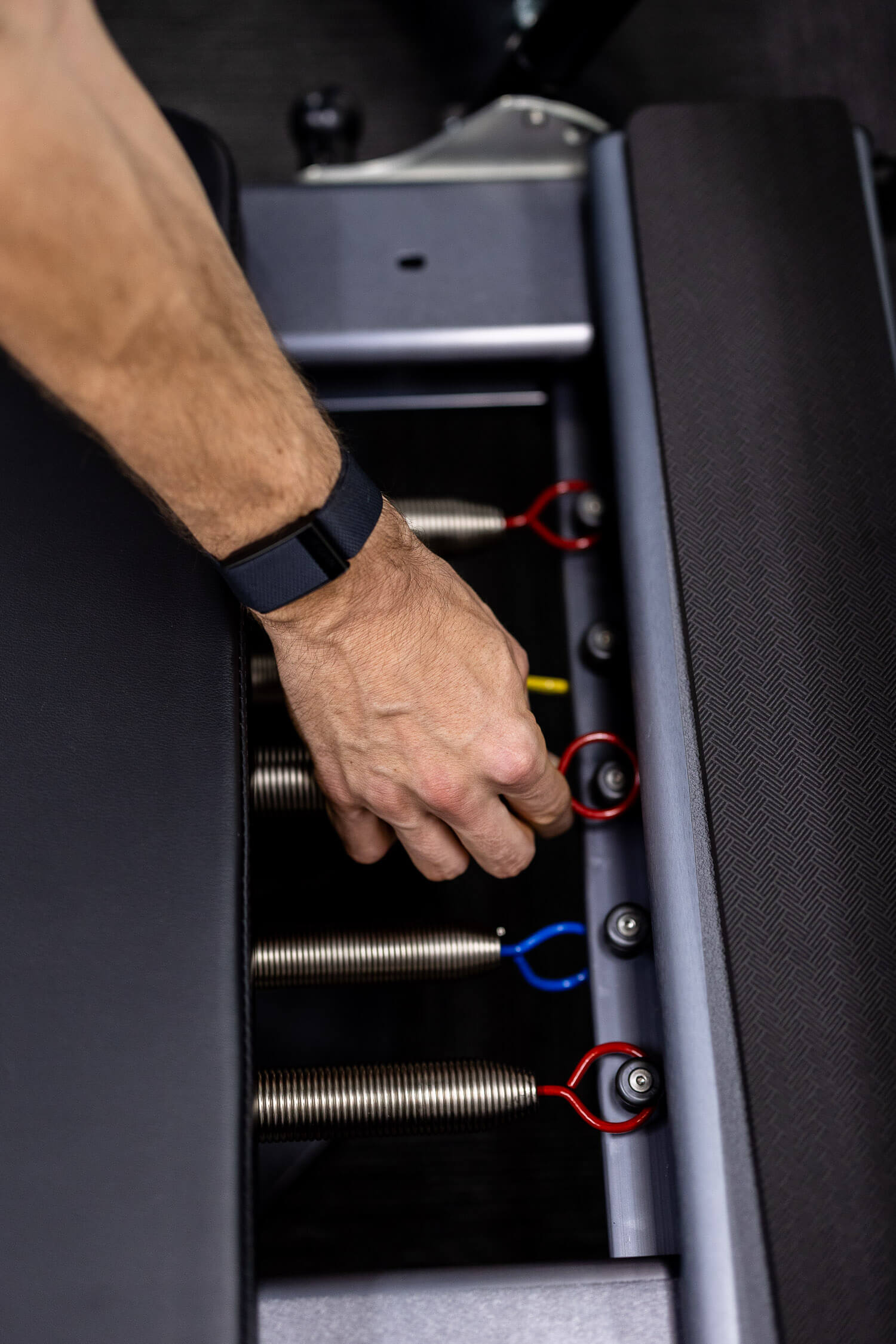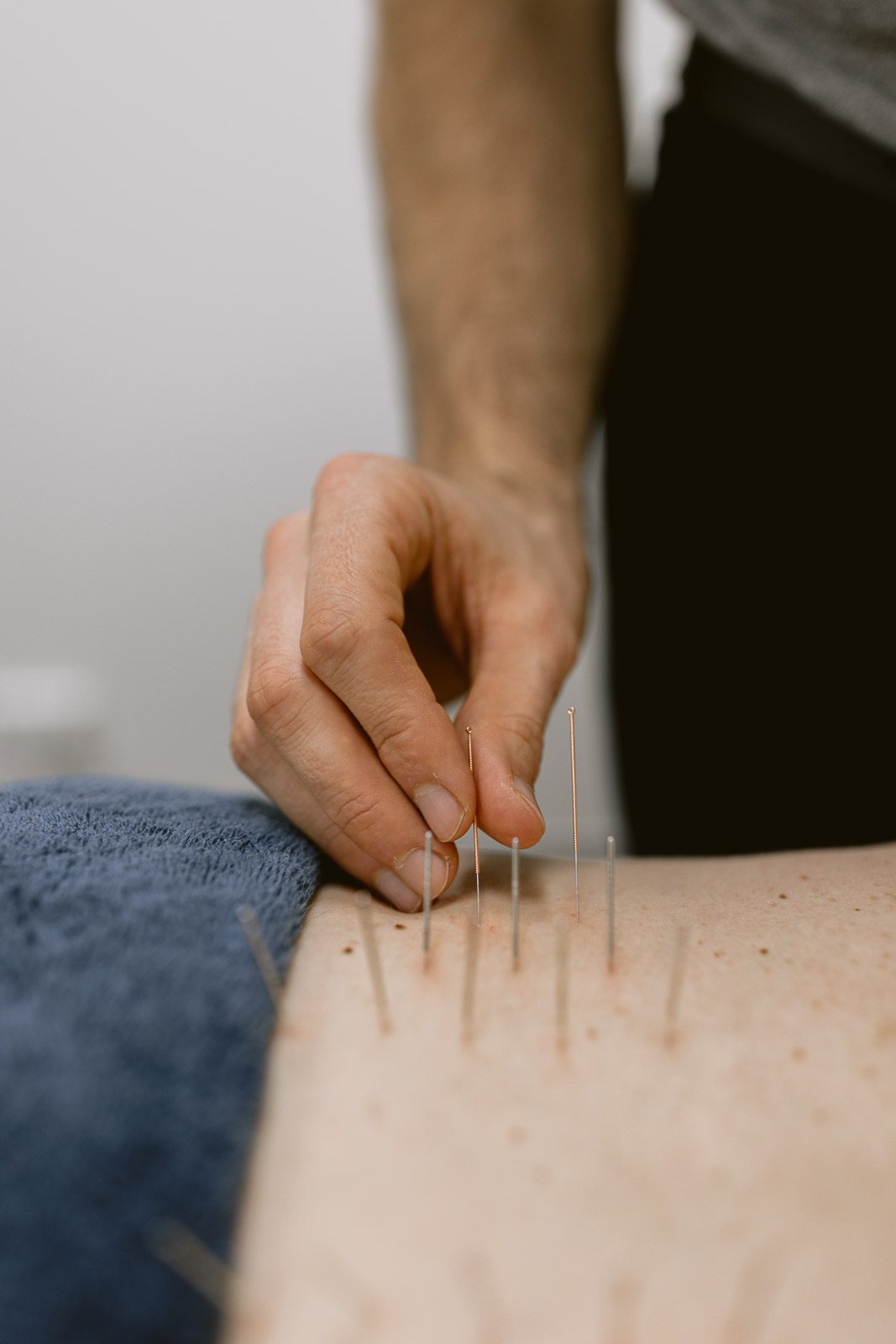We’re well into summer now! What better way to celebrate the season in this beautiful country than to be out amongst the surf and sand, but if you’re one of the 2.7 million recreational surfers in Australia then you’ll want to keep reading.
Dr Andrew Burgess, a member of the Australian Chiropractors Association and surfer all of his life, has completed research [1] into the injuries and risks associated with competitive surfing. Before the study there was limited research on the health behaviours and wellbeing of surfers.
His study also examined surfing injuries in relation to the type of surf board used including short boards, long boards, body boards, etc. as previous research had categorised surfers into a single group, rather than being distinguished by surf craft use. The results of the study found that 81% of those surveyed incurred at least one surfing-related injury in their lifetime, while 58% have experienced a surfing-related injury within the current surfing season. Lower back injuries were also the most common injury reported by surfers. Along with these injury figures, only 44% reported seeking treatments for at least one surfing related injury in the current season.
The overall physical and mental health scores of surfers in the study were high, and those in the study generally maintained well balanced diets, consuming alcohol at a lower risk level than the average Australian.
The study concluded that Australian competitive surfers fit the stereotype of healthy and active people, however, are susceptible to specific injuries related to their sport, with acknowledgement of further research to be conducted.
While it is not possible to entirely prevent injuries, these tips can help you reduce the risk of injuring and straining your back.
- Surfing is a physically demanding sport therefore warming up prior to your surf can help reduce the toll it takes on your body. It doesn’t need to take too long – try some light exercises and mobility work for 10-15 minutes before you start surfing, to get your muscles ready for the ocean.
- Drink plenty of water. Stay hydrated at all times to reduce the effects of heat, cramping and help aid recovery.
- If you are looking for a stretching program, try the Straighten Up exercises included in the Straighten Up (Australia) app. These are also designed to improve spinal health, stabilise core muscles and enhance health.
- Finish off your surf with a few light stretches. Stretching allows the muscles to loosen up and may help prevent sports injuries.
- Balance out you regular surfing sessions by engaging in activities such as pilates and/or yoga. This will help to enhance core strength and mobility. Joint mobility is important in surfing. To surf effectively and efficiently your body needs to have adequate mobility through your thoracic spine, hip, ankle and shoulder joints.
- To get the most out of your surfing performance and prevent your body from getting injured look to include some surfing specific conditioning exercises.
If you’re an avid surfer, whether professionally or recreationally, it’s important that all aspects of your health are taken care of. With the most common area of injury being the lower back, visiting an ACA chiropractor may help alleviate the severity of pain and injury to the spine.
[1] Burgess, A, Swain, M & Lystad, RP 2018, ‘An Australian survey on health and injuries in adult
competitive surfing’ Journal of Sports Medicine and Physical Fitness. DOI: 10.23736/S0022-
4707.18.08381-0
Disclaimer:
Certain aspects of the articles we send (or may send in the future) via our monthly newsletters may not
comply with current AHPRA guidelines. We cannot make an AHPRA safe article because the legislation is not
clear & up to interpretation. We highly recommend that our clients alter aspects of the monthly newsletter to
what you believe is AHPRA safe. We do not recommend our clients place any article, as we have provided it,
on your website as it may be detected as copied content by certain search engines & you will be penalised.
Please take the time to make changes & personalise it's content accordingly.



